Lone working in the USA
Laws, legislation and best practices on how to keep your employees safe when they’re working alone
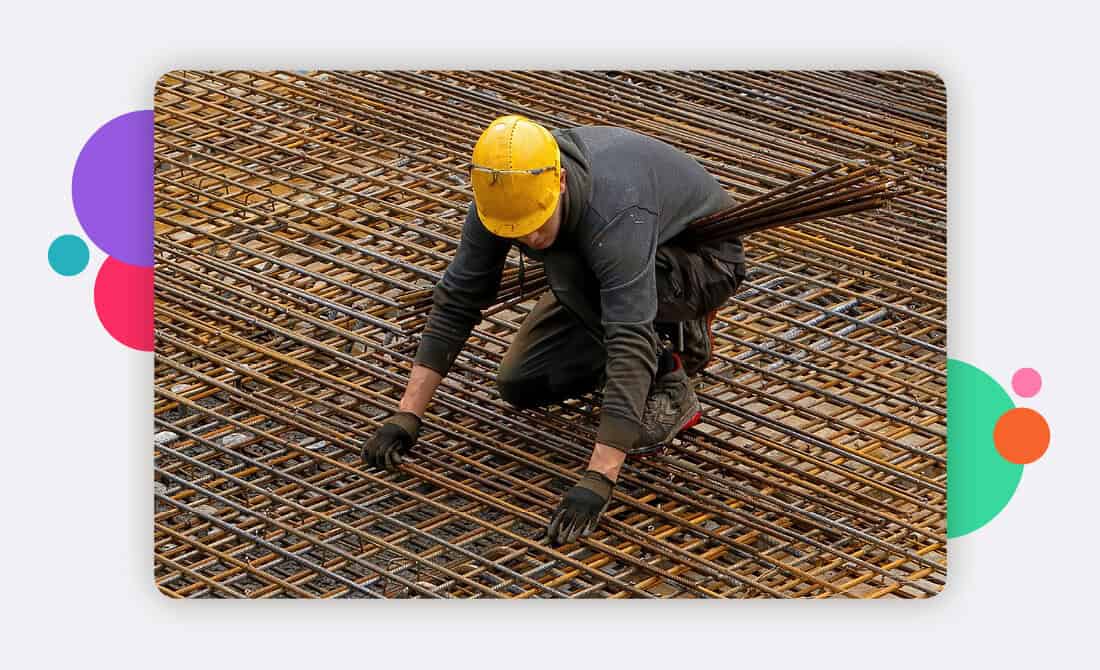
An introduction to lone working
“Lone workers’ are simply those that work by themselves without direct or close supervision, for any amount of time.
Some obvious examples of lone working may be security guards, healthcare workers, construction workers or housekeeping staff, but can also include a clerk working alone in a store, a janitor working in a school, a machine-operator in an empty factory, or a charity worker talking to people on the street.
In fact, some estimate there to be 53 million lone workers in the United States, Canada, and Europe combined, accounting for around 15% of the workforce. However, with more people working from home due to COVID, that figure could be much higher. (Yes, those working from home are classified as ‘lone workers’).
Why is lone working dangerous?
Lone working in itself is not necessarily dangerous –after all, a work-from-home administrator could be deemed a ‘lone worker’ by most definitions but is at a relatively low risk.
However, if one of your employees had an accidental injury, was attacked, or was under threat, they would be at a higher risk if they were working alone. Lone working can increase response times, and staff might not get the vital help they need due to a lack of supervision. Therefore, lone working is most relevant when talking about medium-high risk roles
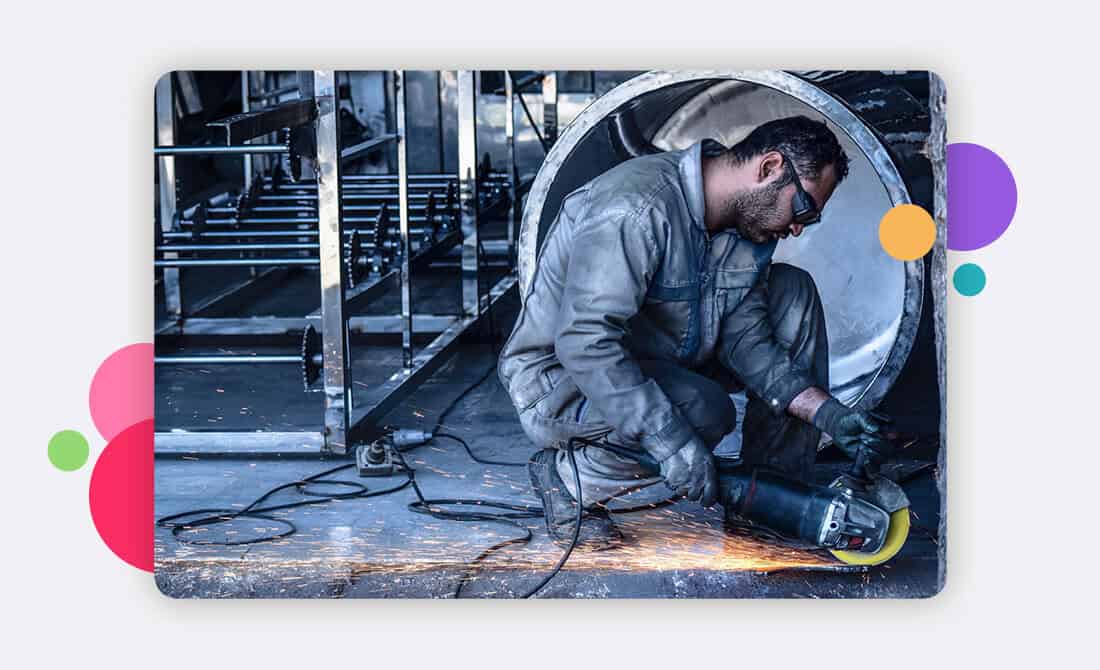
Real world dangers for lone workers
In 2015, a factory worker from Utah lost both of his legs when he was sucked into a winding screw conveyor. As he was working in an unsupervised corner of the factory, no one saw that something had gone wrong and, due to the noise of the machines, could not call for help.
With no one to help, the worker had to drag himself across the factory floor (and away from the noise of the machines), before he was able to shout out to a colleague. The accident is already horribly tragic, but was made even worse by the worker’s lack of supervision and ability to signal an alarm.
This is not an isolated incident. In the US, there are 2.3 million work-related injuries each year due to accidents, injuries and diseases. While you can’t remove all risk from the workplace, it’s clear that working alone can make risky situations worse.

What are the laws on lone working in the USA?
Unlike the UK, Canada, Australia and Germany (to name a few), the US doesn’t have nationwide legislation for all lone workers. The Occupational Safety and Health Administration (OSHA) only refers to lone workers in reference to those working on shipyards. We will look at what OSHA has to say about shipyards further along in this article, but first we’ll explore what US safety and health legislation can teach us about keeping lone workers safe.Instead of targeted lone worker legislation, the OSHA lays out more generally the rights and responsibilities of employees and employers.
Instead of targeted lone worker legislation, the OSHA lays out more generally the rights and responsibilities of employees and employers.
Through these standards, we can understand more about how organizations can protect their employees when they’re working alone, and how employers can meet their legal obligations.
OSHA and working alone
The OSHA states that employers must provide a safe workplace environment that is ‘free from serious recognized hazards’. Employers must also provide any required safety equipment and relevant training.
The OSHA also encourages organizations to adopt a safety and health program .
This often involves employers working with their team to ‘find and fix’ hazards before an incident happens. The OSHA advice suggests that companies consider ‘how to protect workers during emergencies and non-routine activities.
Of course, with these quite vague standards from the OSHA, it can be hard to know how they relate to keeping your higher-risk employees safe when they’re working alone. To understand this better, we think it’s worth reading the OSHA’s advice on protecting lone working shipyard workers.
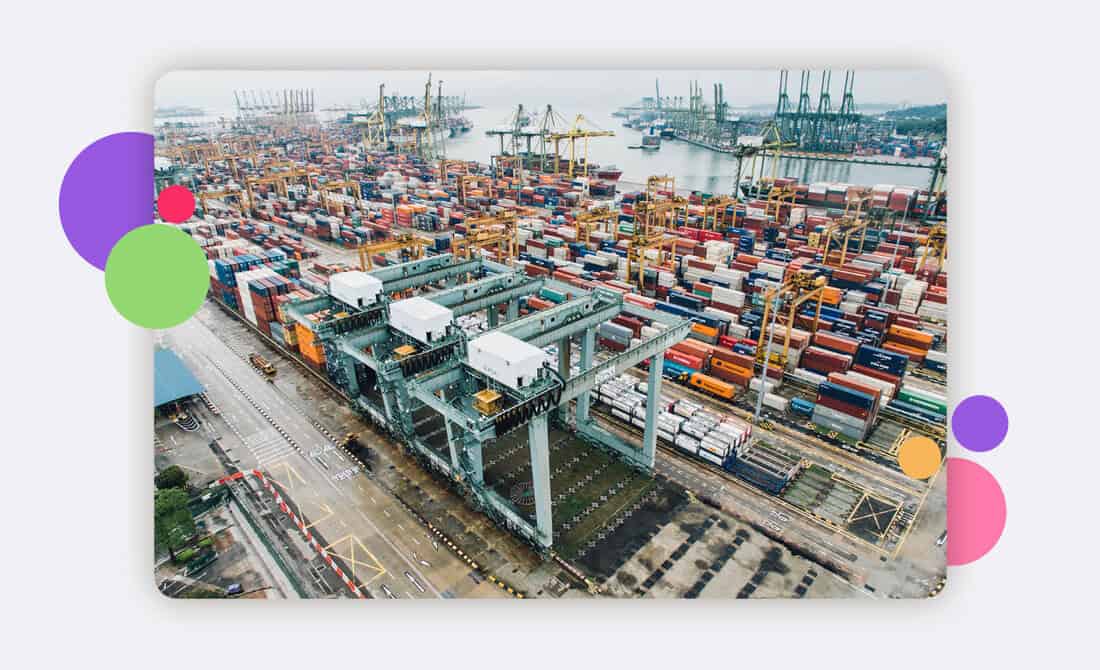
Lone working in shipyards and how it relates to other industries
While shipyards may be a relatively small part of the US economy, the advice that OSHA sets out is actually very close to national rules on lone working in other countries, and so can be seen as a really helpful guide on how to protect workers in any kind of sector.
This is a summary of what OSHA requires for working alone in shipyards:
-
Employers need to ‘account’ for any employee that is working alone, such as in a ‘confined space or isolated location’.
-
Employers should check in on their employee’s safety at regular intervals –as ‘appropriate to the job assignment’
-
Employers need to check in on their staff at the end of their job assignment or at the end of their work shift, whichever occurs first.
-
The employer needs to ‘account’ for each employee by sight (in person or via camera) or verbal communication (by cell phone if there is suitable network, by two-way radio (Walkie-talkie), in-person, or by intercom system).
Again, these rules make a really good foundation for anyone who employs lone workers in set locations –although they may not be as successful for lone workers who have to move around a lot.
At the end of this article, we’ll help you understand how to easily protect your lone workers –wherever they are.
Lone working laws by state
Currently only California and Washington have dedicated statewide rules on lone working. However, many areas have lone working legislation for hotel staff. In the articles below, we break down lone working information as it relates to your state.
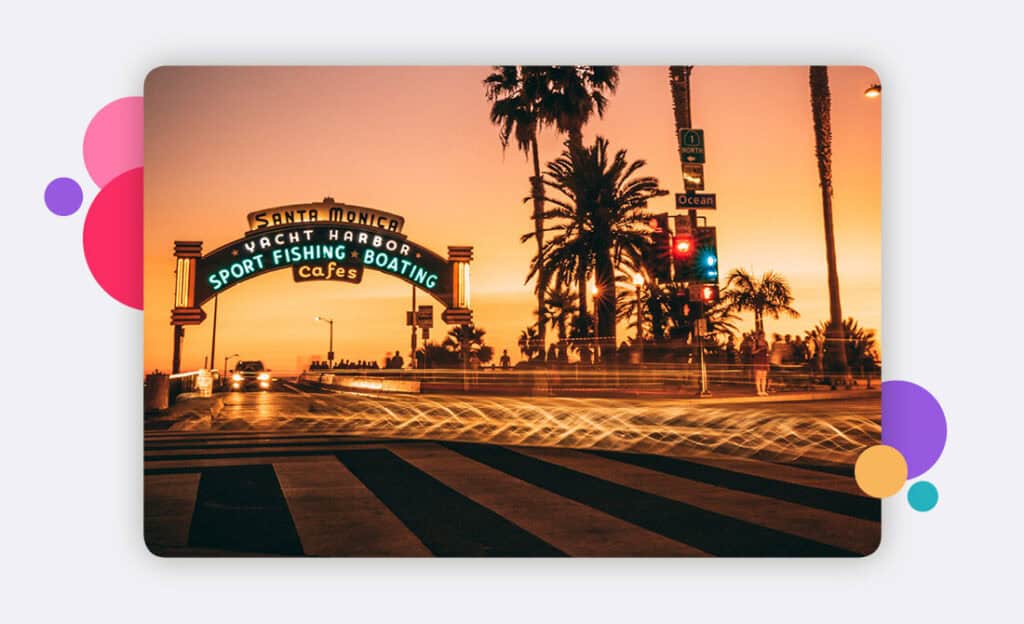
Lone working in California
Do you employ workers in California? From agriculture to construction to energy, California’s laws on working outside help protect lone workers. See how this can effect your team.
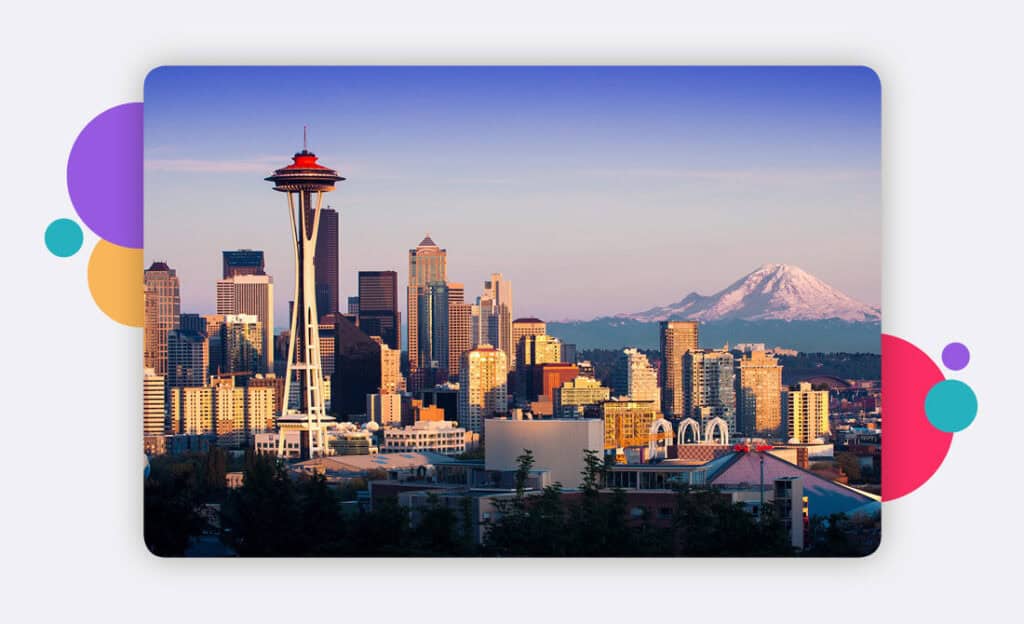
Lone working in Washington
Washington has the most substantial lone working policies of any state in the US. Read this article if you hire lone workers in Washington, or if you simply want a good example of how to protect your lone workers.
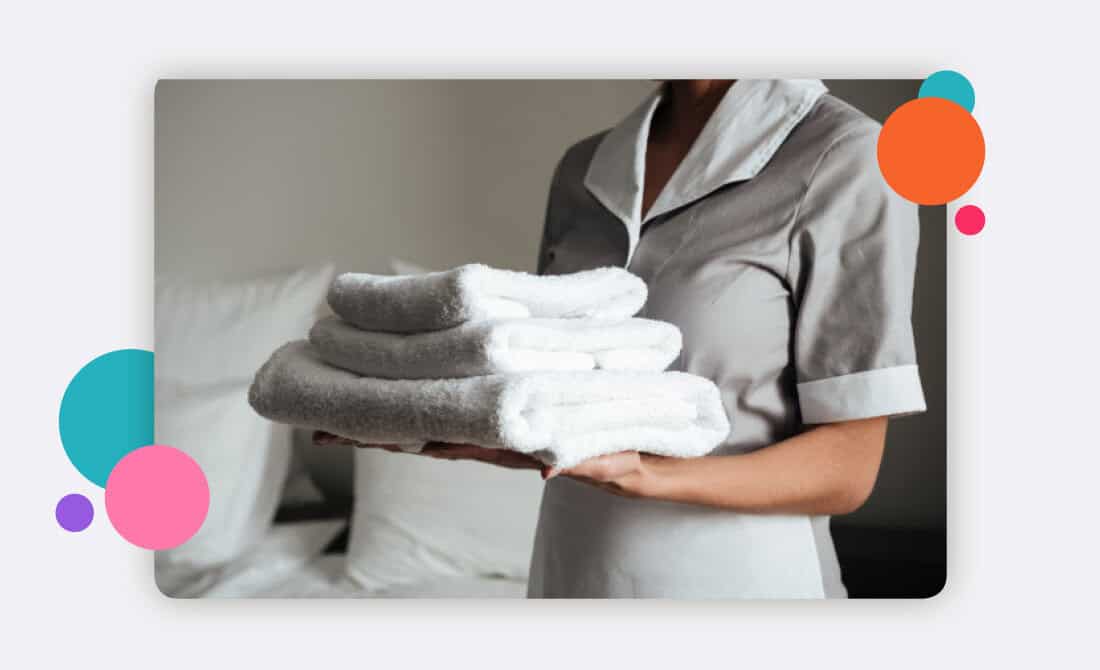
Lone working in hotels
Due to incredibly high rates of sexual harassment and assault, alongside other types of violence and abuse, several cities and states across the US have brought in hotel-specific legislation.
From Illinois to Washington, and New York City to Santa Monica, more and more public bodies are bringing in laws to protect hotel workers (and workers from other service industries). To see what states have brought in rules, and what needs to be done, check out our full article on lone working in hotels.
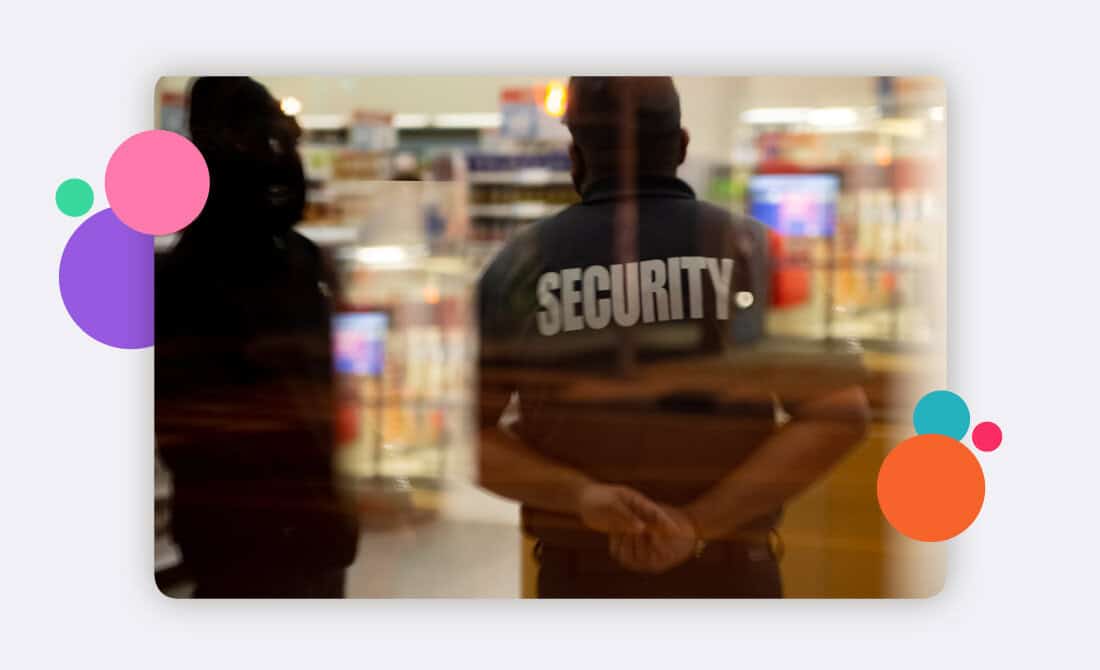
How to keep your staff safe when they’re working alone – the sum up
Unlike the state of Washington, the USA doesn’t have comprehensive rules on how to keep lone workers safe. It does, however, require employers to provide a safe working environment and to provide their staff with relevant safety equipment and training.
So what does this mean for your business? If we were to offer three pieces of advice for keeping your lone workers safe, we would suggest:
-
Create a risk assessment. Talk to your staff, find out what hazards and risks they face in their day to day, and think about what measures can be taken to make their job as safe as possible. You can make this process easier by using our free risk assessment generator.
-
Work out who can’t work alone (maybe due to their role, or their physical abilities), who can lower their amount of time spent alone (via a buddy system, for instance), and who has to work alone.
-
Provide the best support possible for those who work alone. For manual workers that may involve specialist training or equipment, for store workers that may be CCTV equipment, or for hotel workers that may be smart panic alarms.
-
Consider how you can oversee your team’s safety, and how you would know if something were to go wrong. Lone working, by its nature, makes supervision and communication more difficult. If one of your lone working staff members were to become injured, who would know? That’s why we built Safepoint –to make overseeing your team a breeze.
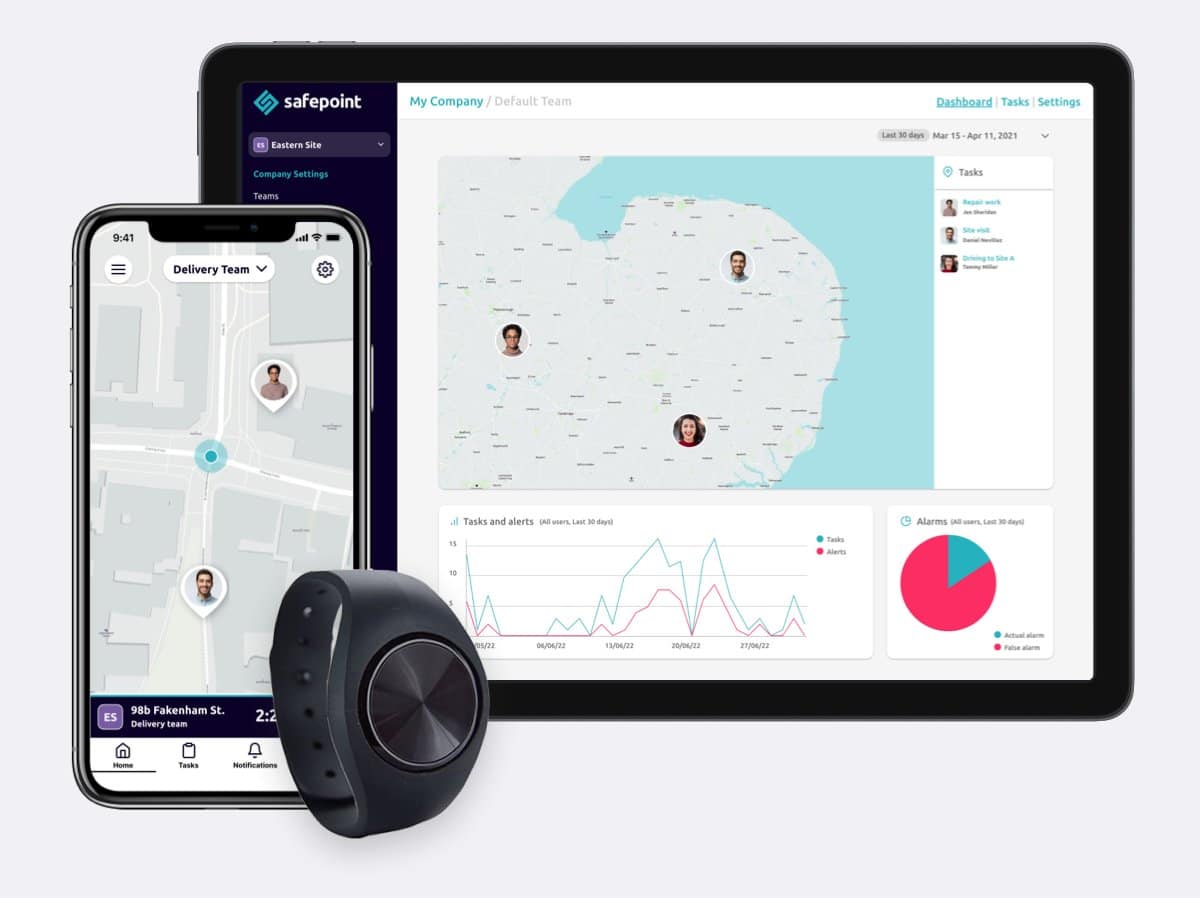
How Safepoint protects lone workers
Safepoint is an all-in-one solution for employers of lone workers and remote teams. Safepoint helps organizations of all sizes protect their staff, organize their remote workforce, and meet their safety and health responsibilities.
Safepoint has already worked with great international companies like Holiday Inn, Anesco, and the UK’s NHS to provide award-winning lone worker protection.






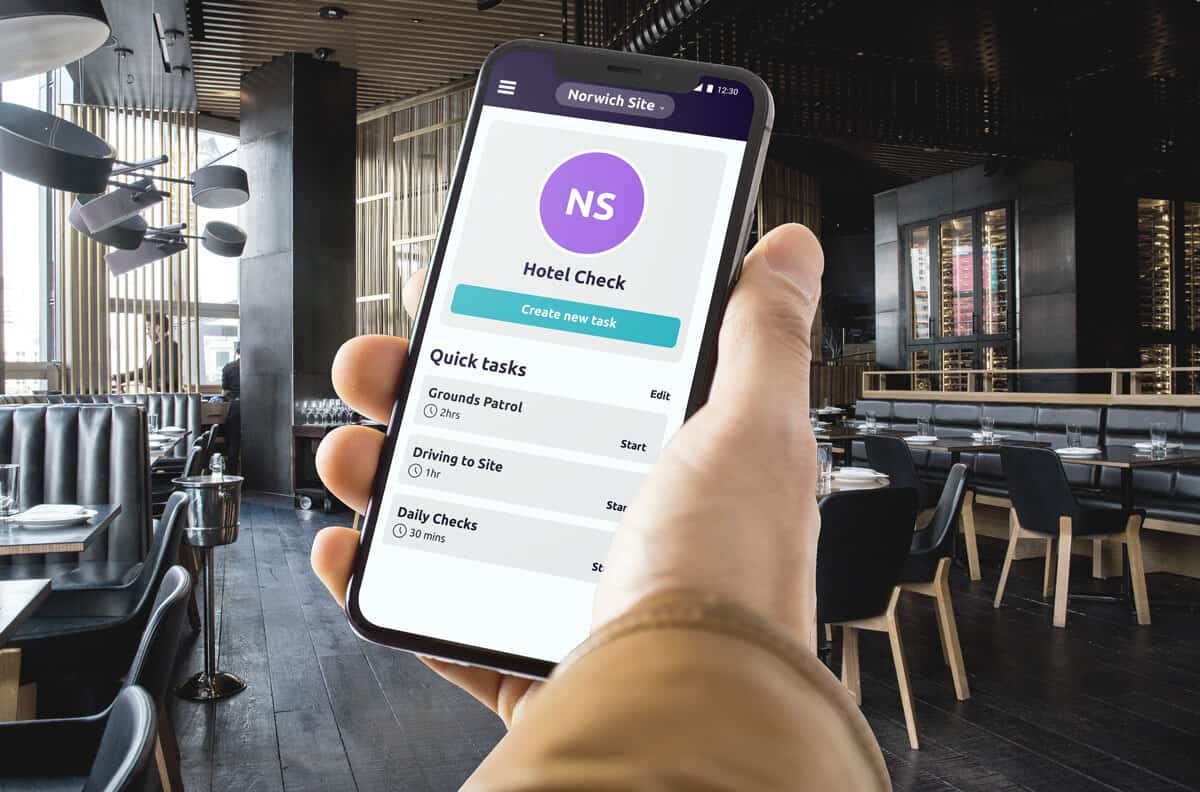
So how does Safepoint actually work?
Safepoint uses a range of smart features to keep your workers safe and connected. Some of those features include:
-
Manual alerts –if a user taps the panic button on their phone or wearable device, an alert containing their live location and safety data is shared with their assigned supervisors.
-
Live tracking and timeout alerts – users can start a timed ‘task’ with their Safepoint app. While this task is ongoing, their location and status can be monitored by their assigned supervisors. If the task ends without the user checking in as ‘safe’ the app will create a timeout alert.
-
Fall detection (man-down) alerts – Safepoint’s wearable panic alarm can tell if a user has taken a serious fall and will instantly send out an alarm and start live tracking.
-
Team dashboard – through the Safepoint Portal, organizations can see and manage all their active tasks and alerts in one place. This means that you can manage all your team, right from your browser!
-
24/7 remote monitoring – Safepoint also provides 24/7 task monitoring through its GuardianPlus Alarm Receiving Centre. If a staff member runs into trouble, any time day or night, the fully accredited GuardianPlus team will handle the entire support process including, if necessary, contacting the emergency services.
24/7 protection for lone workers
Award-winning safety management tools and a fully accredited response team.
Try it free today. No credit card required.
